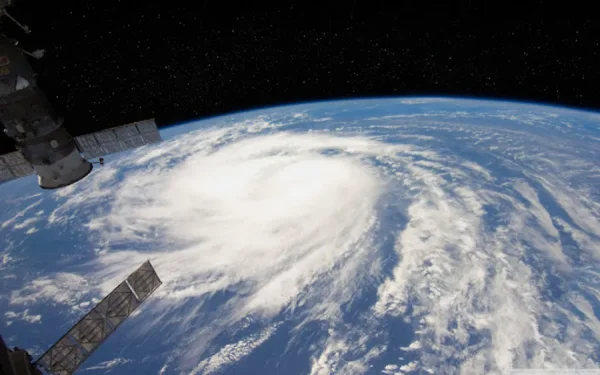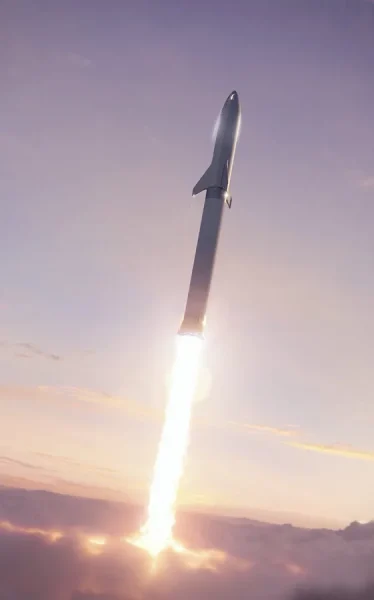Researchers uncover lost underwater continent
In late September, a new underwater continent, Greater Adria, was discovered. It formed about 240 million years ago when a landmass, roughly the size of Greenland, broke off of Northern Africa. It has been buried under Southeast Europe for 140 million years. The portion of Greater Adria that has been previously discovered, above water, is called Adria but the massive underwater portion was completely unknown. Researchers were able to discover this hidden continent while reconstructing the evolution of the Mediterranean region’s complex geology. Douwe van Hinsbergen, a professor that studies global tectonics and paleogeography at Utrecht University, and a team of researchers were able to recreate the continent using GPlates plate reconstruction software. Scientists continue to analyze this mysterious land to find out more about the history and future of our planet.
This is not the first time an underwater continent has been discovered. In the Journal Geochemistry, Geophysics, Geosystems, researchers have revealed that some rock formations have been around for up to 4.5 billion years. The tectonic plates are constantly shifting. At Poolesville High School, in Marine Biology, the students have learned about these shifts and their impact on both the ocean and land.
“Learning about tectonic plates in Marine Bio helped me understand that underwater plate movement helped create geological formations [in the ocean] similar to those on land,” said senior Bradford Blair in the Global Ecology program (Brad Interview).
The tectonic plate shifts can help explain some of the massive rock formations under the ocean such as Greater Adria. They can also help scientists get a better understanding of the geological history of Earth. In Marine Biology, students learned about past examples of similar occurrences.
“Through subduction, an oceanic plate is pushed underneath a continental plate, creating trenches and possibly islands. Through this tectonic subduction, islands like Hawaii are formed,” explained senior Hisham Ahmad in the humanities program (Hisham Interview). Greater Adria could, like Hawaii did, help scientists understand the geological history of the world.
The discovery of Greater Adria can also allow scientists to generate predictions of the geological future.
“Our research provided a large number of insights, also about volcanism and earthquakes, that we are already applying elsewhere. You can even predict, to a certain extent, what a given area will look like in the far future” said van Hinsbergen in a CNN article about Greater Adria.
Not only could this discovery have a large geological impacts but it could lead to biological changes in the far future.
“This discovery will mean that in the future, the geological landscape will look extremely different due to slow changes. This will impact life on earth and lead to the evolution of new species,” added Blair (Brad Interview).
Greater Adria can help scientists get a better look at what our world used to look like hundreds of millions of years ago and far into the future.

Jason Sladic is a Senior in the Humanities program. This is his first year writing for the Poolesville Pulse. He plays basketball on a team outside of...






